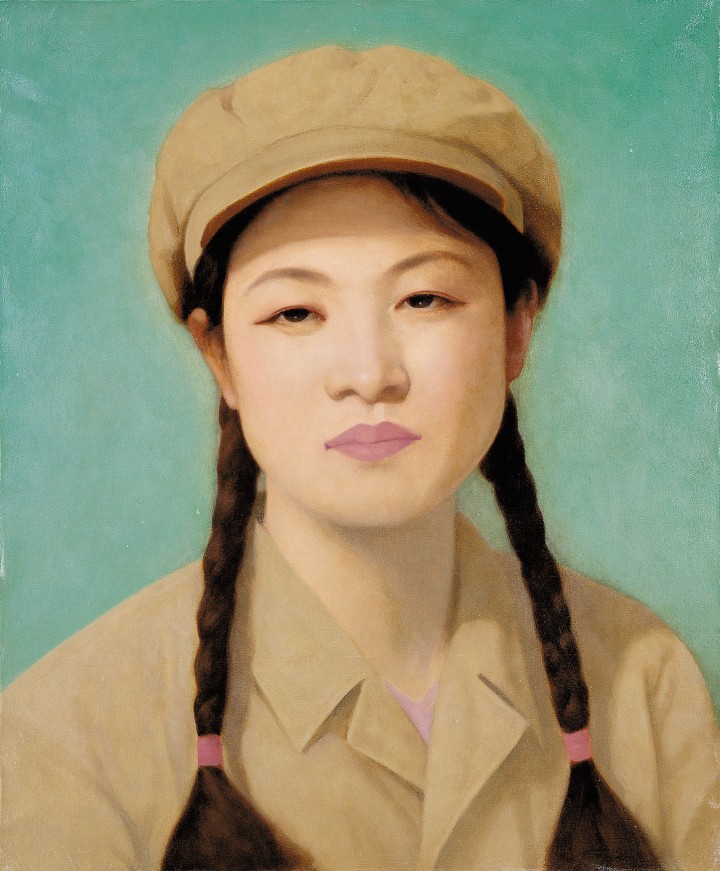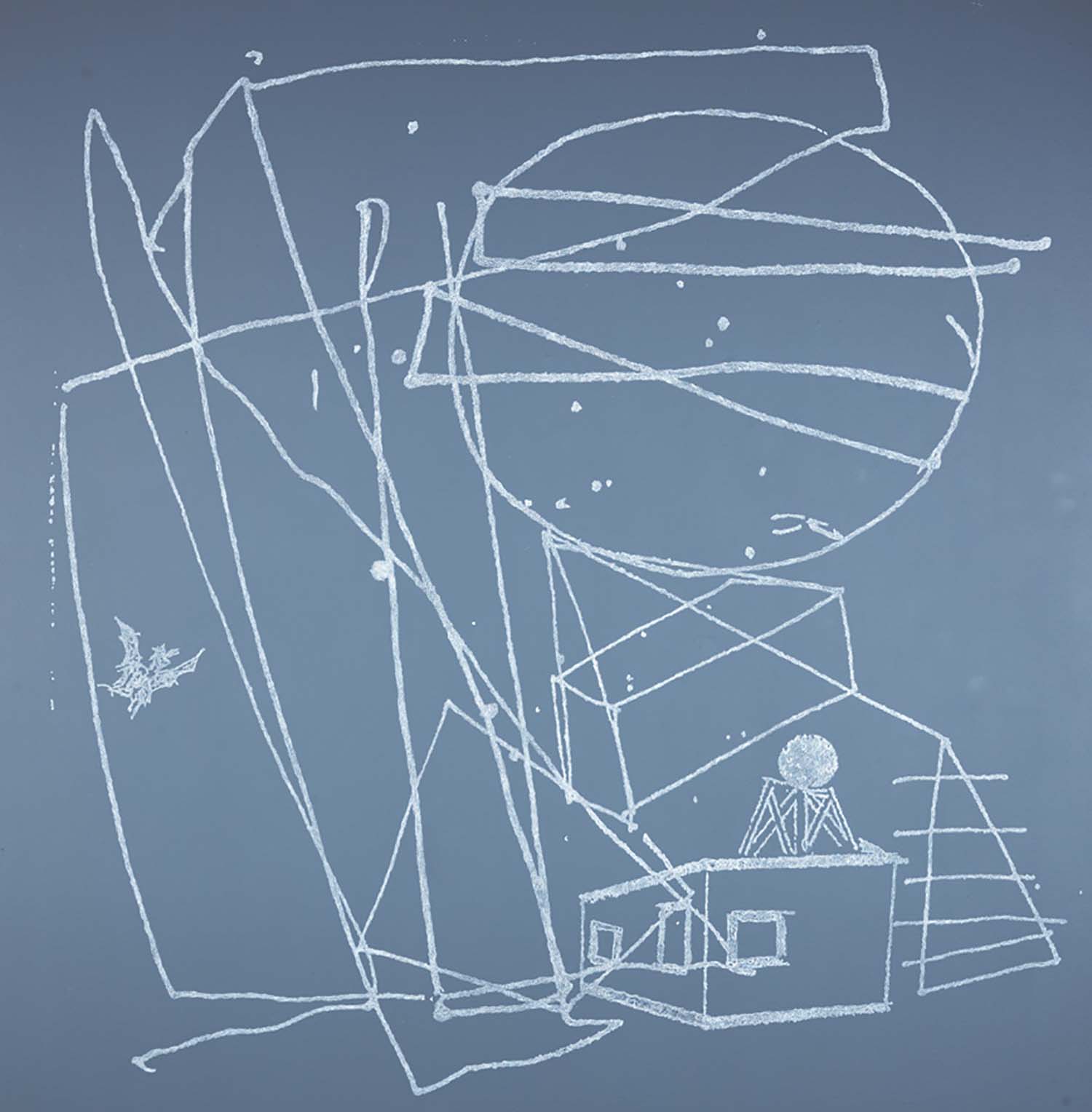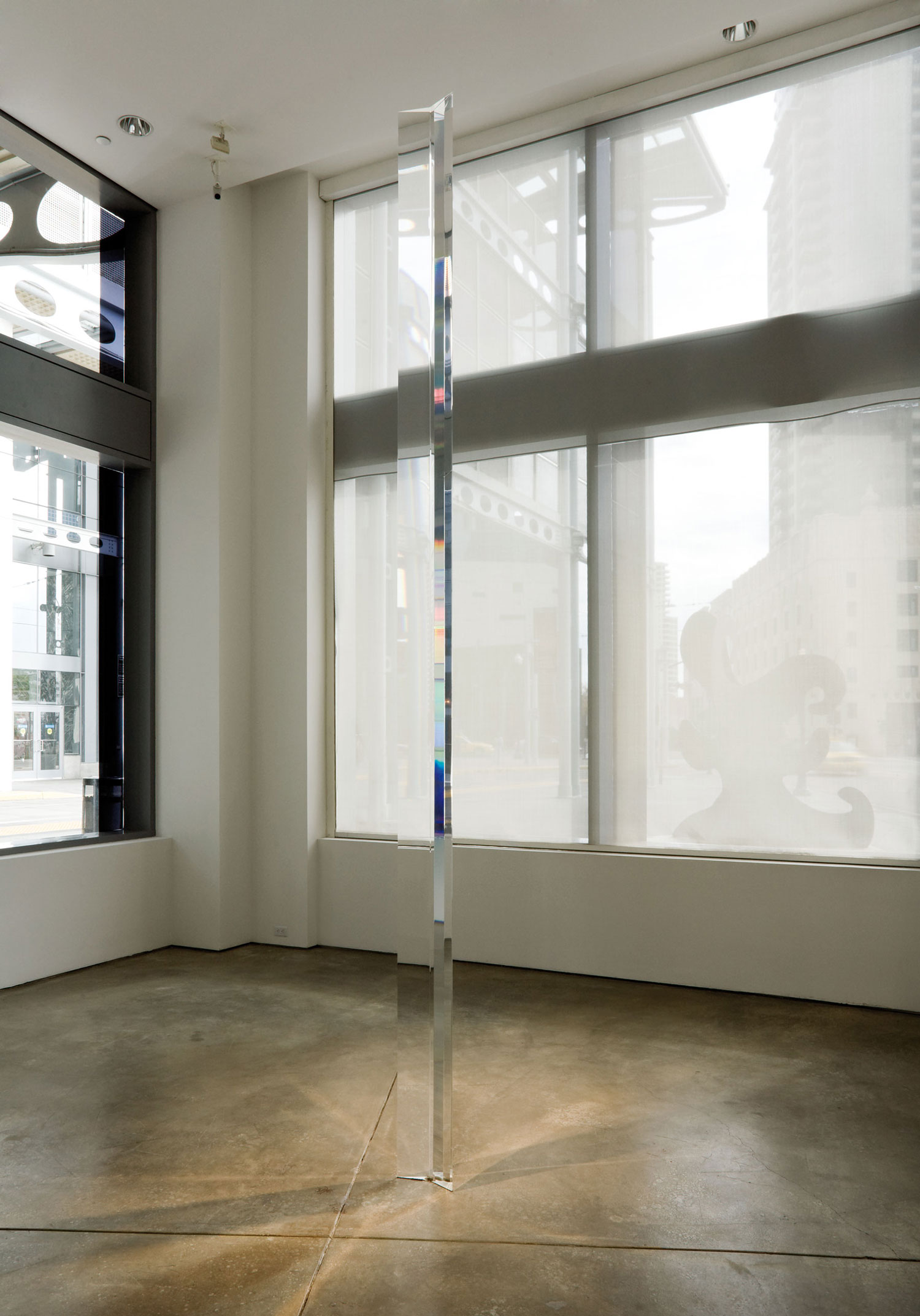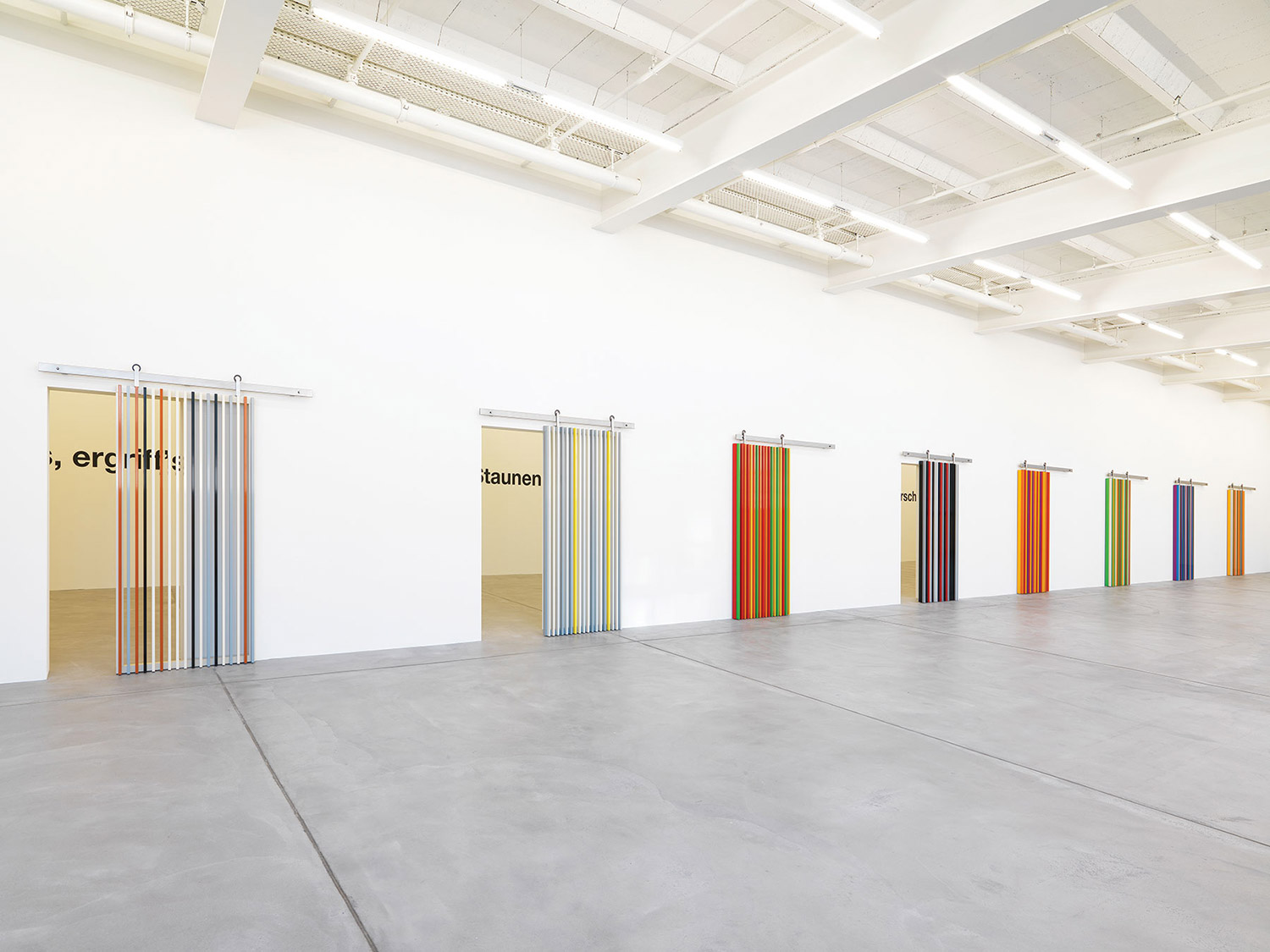
Bharti Lalwani: When did negotiations with M+ begin? What was the criteria for the selection of works?
Uli Sigg: Around two years ago I was approached by a person close to M+, which was then just under formation. I was asked to consider and also negotiate with M+ before taking decisions. My intent for the selection process was to put together the collection for M+ in such a way that it could narrate the story of Chinese contemporary art from the ’70s to the present time.
So I took the best material from my collection to build that storyline. What I’ve kept for myself are works quite similar to works in the donation, or gifts I received from artists or maybe some pieces very personal to me. Altogether I chose 1,500 works for M+. I donated another 200 works from my collection to a foundation in Switzerland. I have kept just 400 works for myself.
BL: With your systematic and academic collection, you could have very easily opened your own private museum in China or Europe — which, as you know, is a popular trend now for wealthy collectors in China and Asia. However, you have been interested in gifting your collection to the People’s Republic of China for quite some time now. What were your challenges in the past, and what were your major concerns when negotiations with M+ began?
US: I am personally convinced that for any nation, public institutions must form the public memory as their core. And that is why I did not build my own private museum. I am a believer in the value of public institutions — although we must admit that some Asian countries cannot currently provide a sustainable infrastructure for them yet. Regarding private museum owners, there is always an uncertainty since they might lose interest after a few years; they may run out of money or have an eclectic taste dictating their content. I just do not think that this is the way to go for the long term. That is also why I was interested in cooperating with the Chinese mainland public institutions. But as that did not work out, I came into negotiations with M+, a Hong Kong public institution. I nevertheless think that the Chinese mainland public institutions must really think about how to bring in collectors and how to bring in support and maybe sponsorship. At the onset of discussions with M+, my major concerns were about the certainty of how the project would materialize and to what degree would a newly formed entity gain independence from government interference. Both concerns disappeared over time.

BL: Will you be involved in the curatorial direction of this collection? Were there certain artworks you were reluctant to part with?
US: Yes, I will join the acquisition committee of M+, and of course my farewell to the collection, which absorbed much of my own life’s energy, is a painful process in itself…
BL: So what remains of the Sigg collection now? I believe you have quite a number of remarkable pieces from Mongolia and North Korea, which hail from your days as ambassador to these countries in the ’90s.
US: I do have a number of North Korean pieces of Socialist Realism representing very memorable visits and negotiations with government institutions there. I do have a number of works from South Korea, Indonesia and India — and then some Western art, mostly relics from my pre-Asian involvement.

BL: Will the public get to see some of these pieces from Asia? I believe you lent this exquisite set of tapestries by Korean artist Kyungah Ham — who got them made in North Korea — for the Singapore Biennale in 2011.
US: Yes, I will maintain a very liberal lending policy and I insisted for M+ to contractually accept a similar attitude — we owe this to the artists!
BL: Giving these artworks creates a space for collecting new works; I’m sure this creates exciting opportunities for your next collecting phase. In one of your recent interviews, you mentioned you were now looking to collect as per your personal interest: you wish to concentrate on young art and on “producing artworks together with artists.” Could you elaborate on that?
US: It means just that — no more of what you may have defined as an encyclopedic approach as in the past. To produce artworks with artists means I may take on different roles in the creation of an artwork: from mere financing to getting involved in the creative part. I also have some further exhibition concepts in mind.





